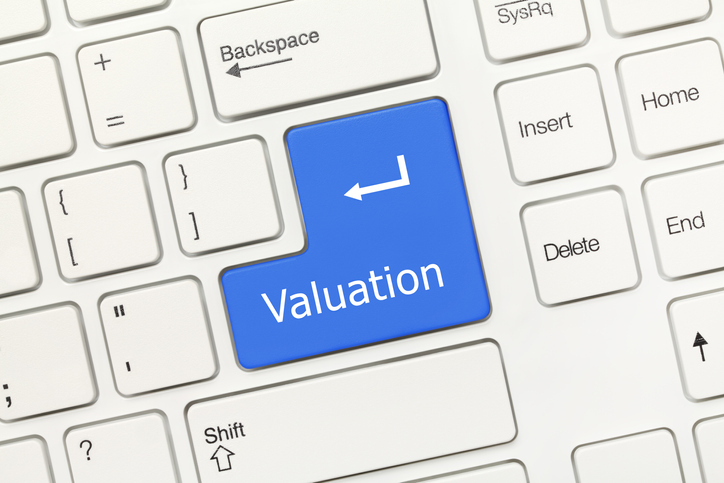What’s the Real Value of Planned Gifts in Your Organization’s Mission?
What is the real value of a planned gift in accomplishing the mission of your organization? With inflation at near record levels, donors wonder if their contribution will provide as much charitable good as they expect, and organizations wonder about the return on their investment in planned giving.
Calculating the real value of a charitable contribution might seem straightforward. There ought to be a single accurate value for any given charitable contribution. After all, in math class you got full credit only for the right answer, and logic tells us that two contradictory propositions cannot both be true. However, in charitable gift planning there can be at least three different values for a single contribution, each one accurate for its intended purpose.
There are three primary approaches to contribution valuation:
- Charitable Deduction – the value of the income tax deduction.
- Financial – the value recorded in the financial records of the organization.
- Economic – the value of the charitable work that can be accomplished by the contribution after it becomes fully available to the organization.
The calculation of Charitable Deduction Value and Financial Value is governed by well-established rules and standards, but the calculation of Economic Value is open to interpretation. In addition, Economic Valuation is the more crucial value for the success of the planned giving program and, ultimately, the viability of the organization.
Charitable Deduction Value is a point in time estimate of the present value of the charity’s right to receive full use of the contribution in the future. The formulae and the discount rate and life expectancy assumptions are all set forth in U.S. Treasury Regulations. Since the proscribed discount rate changes monthly and donors can choose the rate for the month in which the contribution is completed or either of the two previous months, there can be three different Charitable Deduction Values for the very same contribution.
The purpose of the Financial Statement Value is to report, in a consistent manner, the current net value of the contribution to the organization, taking into consideration the current value of the asset owned by the organization and the projected costs of the obligation to make payments to the beneficiary for the duration of the arrangement. This value is recalculated annually following FASB rules, producing a different Financial Value each year.
As noted, the Economic Value is the most open to interpretation and provides valuable information for organizational planning as well as an equitable basis for donor recognition. The terms Present Value, Net Present Value, and Future Value are often bandied about as though they are synonymous, but they are not. Present Value (PV) is the current value of a future sum of money or a cash flow stream given a specified rate of return. Net Present Value (NPV) is the difference between the Present Value of cash inflows and the Present Value of cash outflows over a period of time. Future Value (FV) is the value, at a specified point in the future, of a current lump sum. Fortunately, PGM Anywhere provides powerful tools to help calculate Present and Future Values. (Click the “Tools” icon in the upper right corner, then, on the next screen, select either “Future Value Tool” or “Present Value Tool.”)
The accuracy of the Economic Value calculation is highly sensitive to the discount rate. It is common, when selecting a discount rate, to default to the rate of inflation, usually as measured by the Consumer Price Index (CPI). This makes intuitive sense because the Economic Value is an estimate of the amount of charitable work that can be purchased by the contribution. However, the CPI is notoriously variable. For the 12 months ended March 2022, the CPI was 8.5%, but, just a year earlier, the CPI was only 2.6%. The Federal Reserve has set a target of 2.0%, and, over the long term, the CPI has usually been between 2.5% and 3.5%. Using an 8.5% discount for a contribution in March 2022 could substantially understate the Economic Value of a contribution.
An alternative to CPI is the Opportunity Cost, which represents the potential benefit that the organization foregoes by waiting for the contribution to become available. Opportunity cost is often based upon the expected net total return of the endowment portfolio, perhaps minus the endowment payout percentage. According to the Common Fund/NACUBO survey of endowments at educational institutions, net return has averaged 6.8% over the past 20 years. Assuming a 4.0% to 4.5% endowment payout rate, a 2.3% to 2.8% opportunity cost might be reasonable.
In future blog posts, we will delve into more detail for each of these valuation methods.



Submit a Comment